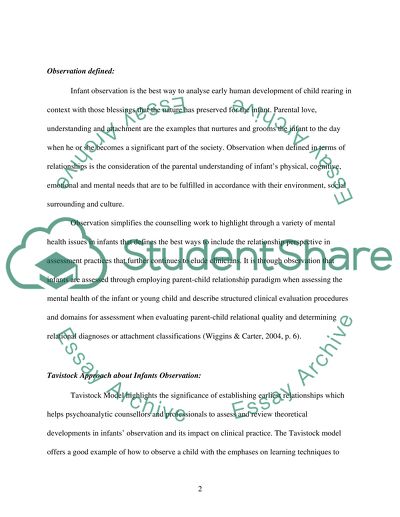Cite this document
(“Psychodynamic Counselling and Psychotherapy Essay”, n.d.)
Retrieved from https://studentshare.org/psychology/1499202-psychodynamic-counselling-and-psychotherapy
Retrieved from https://studentshare.org/psychology/1499202-psychodynamic-counselling-and-psychotherapy
(Psychodynamic Counselling and Psychotherapy Essay)
https://studentshare.org/psychology/1499202-psychodynamic-counselling-and-psychotherapy.
https://studentshare.org/psychology/1499202-psychodynamic-counselling-and-psychotherapy.
“Psychodynamic Counselling and Psychotherapy Essay”, n.d. https://studentshare.org/psychology/1499202-psychodynamic-counselling-and-psychotherapy.


